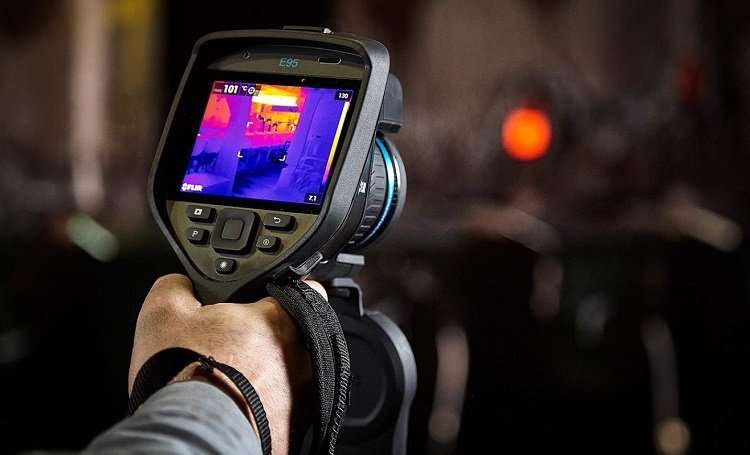
You might think that thermal imaging is a recent invention, but the truth is that it has been around for over a century.
For most of us this technology seems like something from science fiction movies, but in fact its origins date back to World War I when German scientists discovered how to use infrared light waves to detect temperature differences on airplanes and tanks.
In this article we will explore the history of thermal imaging from its early days during WWI through today’s modern applications. Let’s start with an introduction to infrared light itself…
What is infrared light?
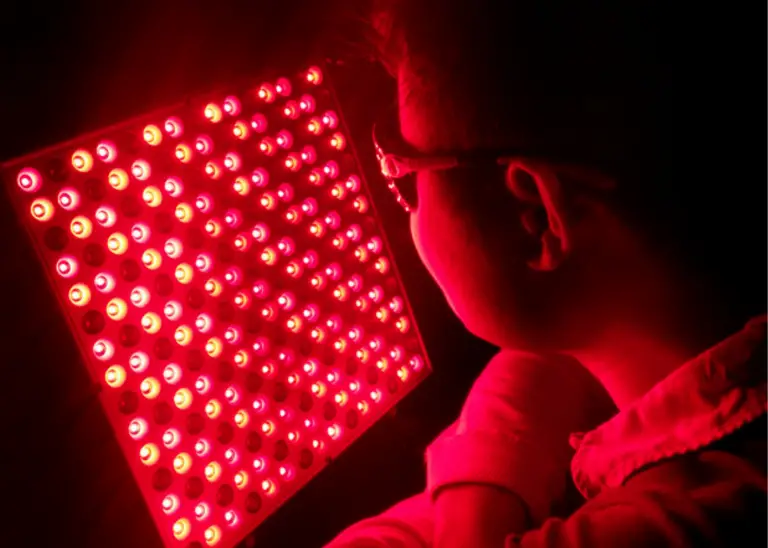
Infrared light is the part of the electromagnetic spectrum whose wavelengths are longer than that of visible red light [200-700 nanometers]. It was once believed that humans could not see infrared light, but in fact we do detect it and at lower levls than other objects.
An analogy would be a radio: you cannot pick up any radio stations with just one speaker, but once you add an amplifier it makes the signal much stronger. In this same way, our eyes can’t detect faint infrared light without a special sensor or camera that amplifies the low levels of IR coming from objects in thermal imaging.
What is thermal imaging
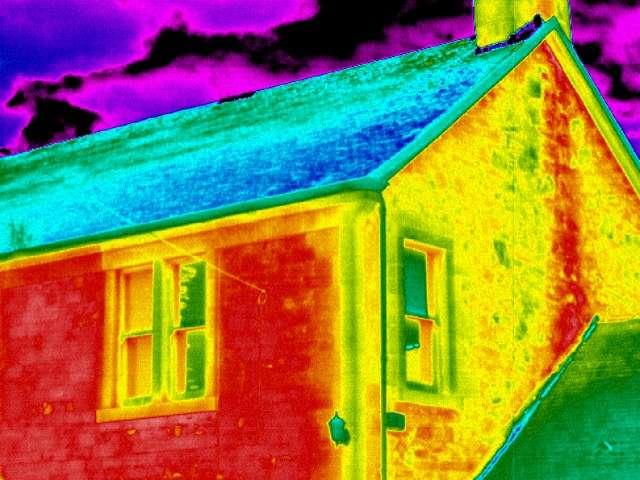
Thermal imaging is when you see heat and cold in a device. It helps you understand what’s going on around you and find things. You can use it to find fires, electrical problems, drafty buildings, or people on a dark night.
Types of thermal imaging devices
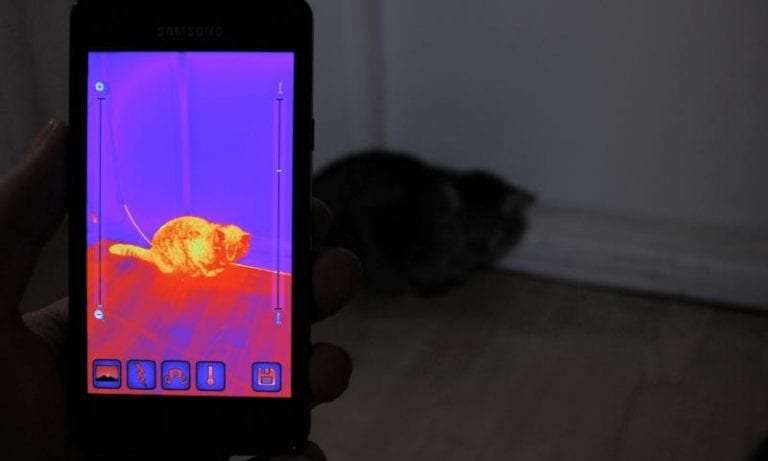
Thermal imaging devices come in different types, including mobile phone attachments or helmets.
The first thermal image device was invented 100 years ago by a German scientist named Wilhelm Ritter.
How does it work
These are the two basic principles of how it works:
First, infrared light is bounced off an object and detected by the thermal imaging camera. The camera converts this into a thermal image on a screen, which shows hotter and colder areas as different colors.
It works by taking infrared pictures of heat energy emitted from objects. The camera is constructed with a lens that focuses the infrared radiation onto an electronic detector similar to those used in digital cameras, but it is usually designed with a much more sensitive detector since the light energy is so weak.
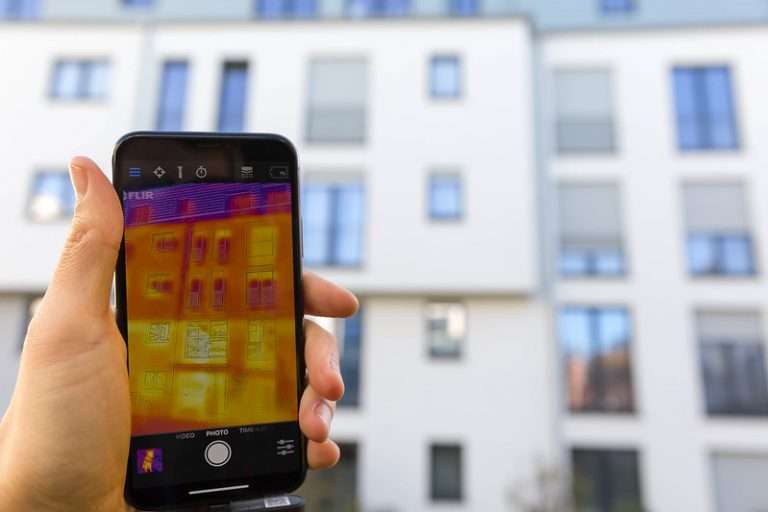
The detector converts the infrared radiation into electrons, and each of these electrons represents a single pixel in the thermal image displayed on screen. Color is determined by how much infrared radiation was received from an object – warm objects have more emitted heat than cooler ones and will be represented as red or yellow on screen, while colder objects will be blue or green.
The thermal imaging camera generates an image showing the relative warmth of objects in a way that cannot be achieved with normal cameras that display only visible light. The thermal imaging camera can also see through smoke, fog, haze and other atmospheric obscurants because it detects heat rather than light.
Uses for thermal imaging
There are many applications for thermal imaging in both business and consumer worlds. Here we will explore just a few:
Industrial Maintenance
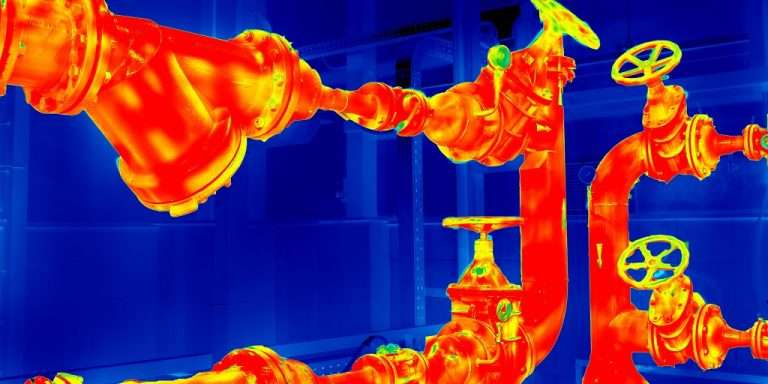
Thermal imaging can help maintenance technicians locate heat leaks around insulating glass, which helps them save energy and improve the efficiency of heating and cooling systems. This is also used to check insulation in roofs and walls, find faulty or damaged electrical equipment, and detect water leaks.
Thermal imaging can also be used to locate areas where weapons are being made or stored, which is useful for law enforcement agencies trying to stop illegal manufacturing or smuggling. This technology has also been used by firefighters to spot hot spots left over from fires. They use it to check the exterior of buildings when searching for the cause of a fire, to make sure there are no hot spots left behind.
Law enforcement
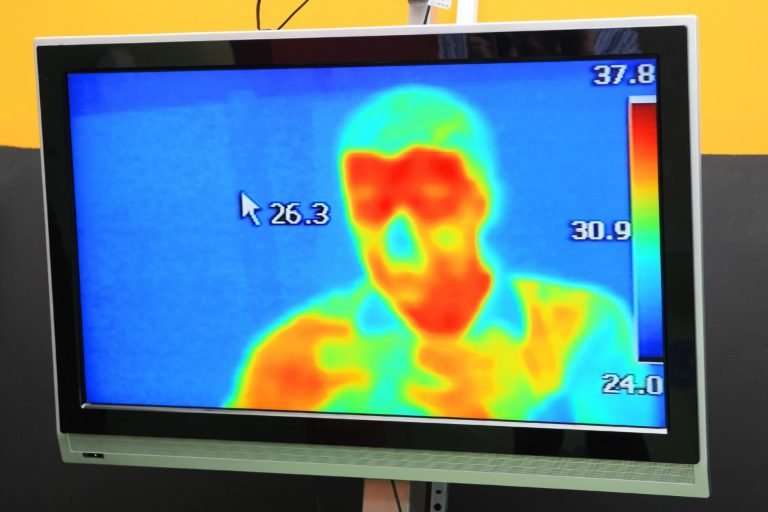
Thermal imaging is very useful in law enforcement, including border control agencies that use thermal imaging in their surveillance efforts. It can also help them find evidence in cases where someone commits arson or vandalism.
Surveillance
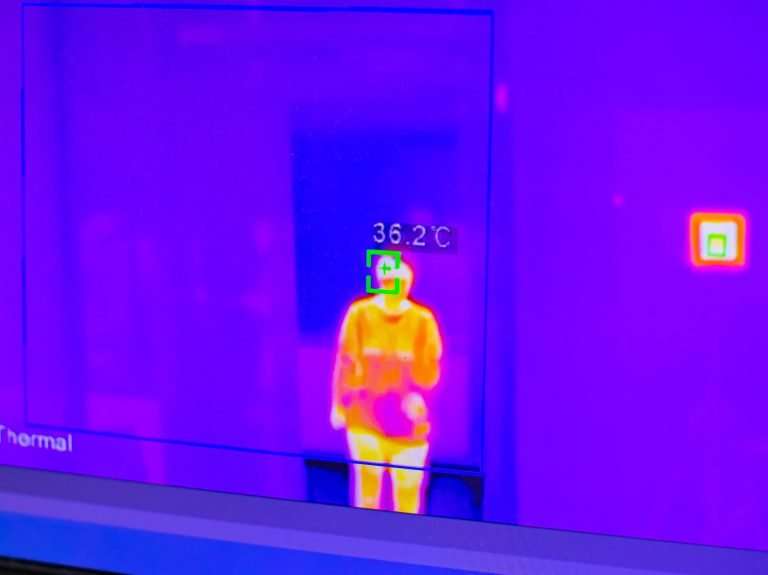
Thermal imaging devices are also used in surveillance situations. For example, thermal imaging can be used by drones to detect humans for search and rescue missions or to keep watch over sensitive property without the need for costly lighting systems. It is also useful when trying to spot something at night, such as people moving around on a farm where marijuana is being grown, or to monitor wildlife at night.
Military/defense
Thermal imaging is extensively used by the military and defense agencies because of its ability to penetrate smoke, fog, haze and other atmospheric obscurants. Soldiers also use thermal imagers to detect long-distance targets on the battlefield. Helicopters can carry infrared cameras to spot the enemy before they are visible to the naked eye.
– The thermal imaging camera was invented by an American engineer named Jack Puckett in the late 1970s. He noticed that some cameras could detect infrared wavelengths way beyond what could be seen with the naked eye, so he developed a camera using special detectors and lenses to see these wavelengths. It was used primarily for military
The future of thermal imaging
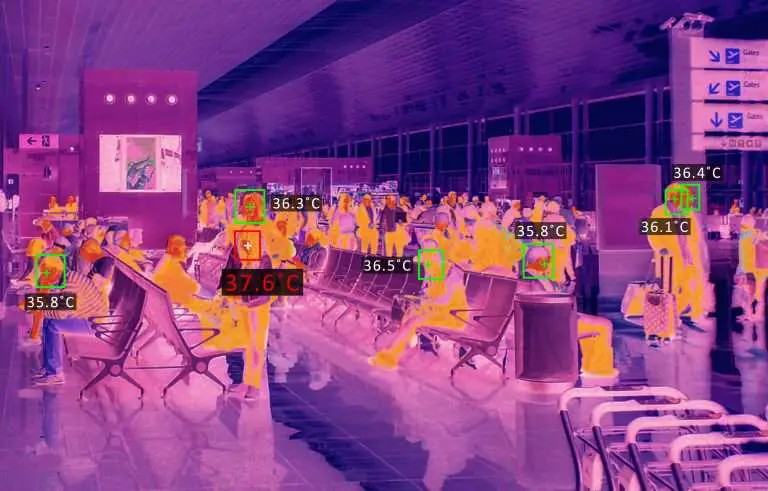
Thermal imaging devices are becoming more compact, reliable and affordable for consumers.
As technology advances, thermal cameras are becoming more accurate at recognizing objects with greater detail, which is promising further uses in the law enforcement, military, and private sectors.
Other uses for infrared light waves besides thermal imaging
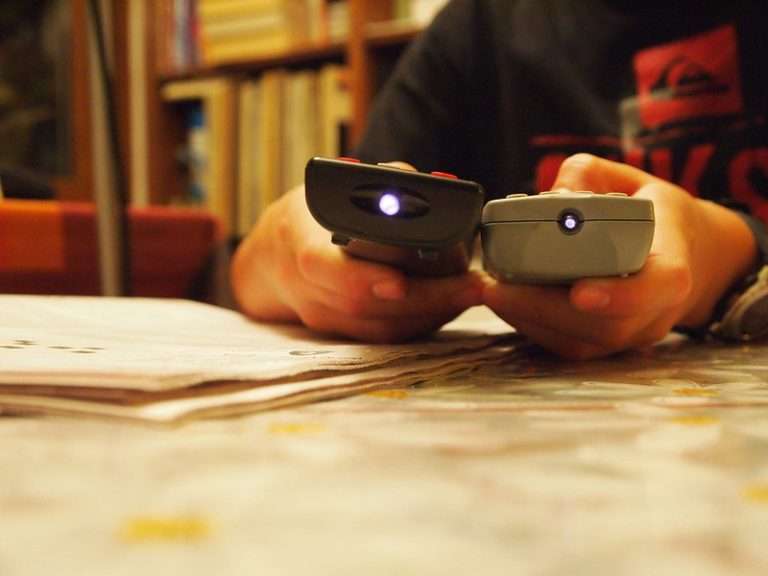
Infrared light is very useful for communications, such as in remote control devices.
With the rise of wireless networks, infrared lasers are being used to send information across great distances without the need for wires. This is already in use at airports, borders and shipping ports around the world. It’s also being developed as a way to connect computers without using wires, which will make our devices more efficient, compact and powerful.
Thermal imaging helps people see things in the dark, like where there are fires. It also helps people see fingerprints on things. Other uses for infrared light is to send information across long distances without wires or to help animals that cannot see in the dark.
The Bright Future
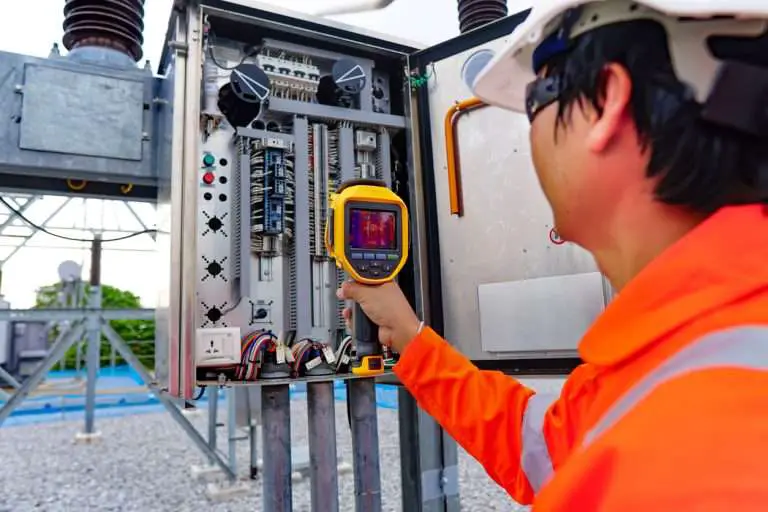
Thermography is a fantastic technology that has been around for over 100 years. It can be used in everything from military operations to medical diagnoses, and it’s only going to become more prevalent as time goes on. Even though you might think of thermography as something new or futuristic, the truth is that this awesome invention dates back all the way to World War I when German scientists discovered how infrared light waves could detect temperature differences on airplanes and tanks. Today we’re seeing thermal imaging being utilized across numerous industries such as engineering, medicine, space exploration, automotive manufacturing – just about every industry imaginable! The future of this technology looks bright so stay tuned for updates coming soon!
